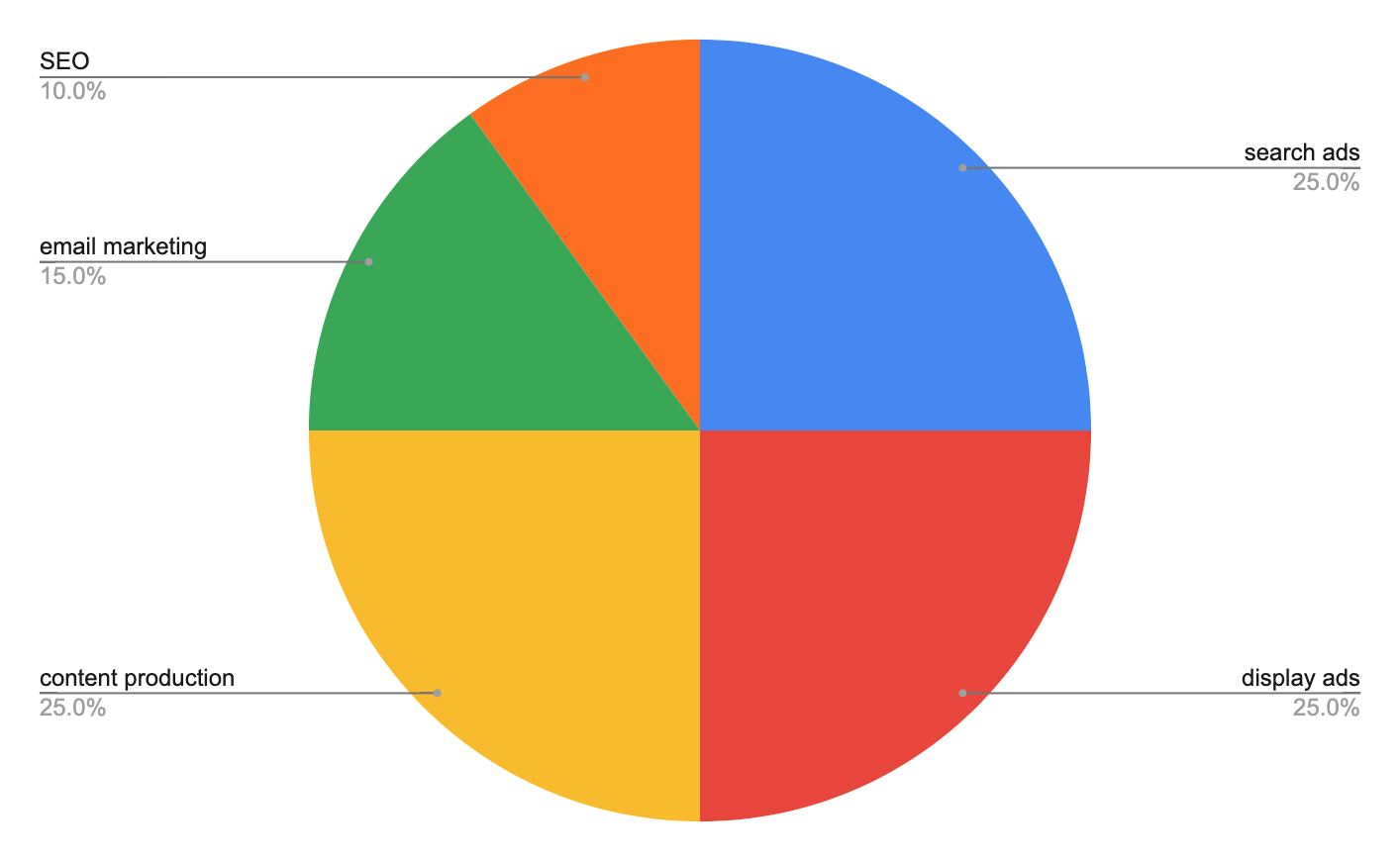Traditional media has campaigns. Modern digital marketing shouldn’t.
The Mad Men of Madison Avenue created the traditional advertising campaign. They commandeered it from their time in the service. Campaigns are a military idea that involves an objective, initiative and a timeline.
We need to eliminate start and end dates. I mean this as bluntly as I can, if your agency is flighting digital ads you should fire them. If they’re flighting ads that means they are not learning and getting better with every growth cycle.
Campaigns were used during a period of advertising when firms had to communicate a single message. They were trying to communicate the same idea to as many people as possible and needed timelines to measure success/failure and help mitigate ad fatigue.
But we’re no longer limited to constraints these pioneers had to navigate. Digital provides us feedback loops that are instant and it is insane to fix things that aren’t broken.
A New Way to Think About Marketing Budgets
Fast forward 80 years from Madmen and we’re in a period of time where there’s marketing agencies that provide digital services with initiatives that are supported by traditional campaign structures. They flight ads, they assign arbitrary budget amounts to communication goals, and at the end of the year they wash their hands clean and start from zero for firms.
This is absolutely absurd.
Imagine if you ran your financial life like this, where every year you light your saving on fire, quit your job, bomb your house, and start each January homeless. You would never do this to your financial life, so why is your digital marketing agency doing this to your marketing budgets?
Financial portfolios have both short and long term initiatives, and your marketing budget should as well.
In a financial portfolio you distribute funds based on factors like age, income level, and appetite for risk. But more important than long-term and short-term thinking is doing things that compound in value.
Let’s start using the same approach for modern marketing. Let’s build digital marketing initiatives into marketing portfolios that mitigate risk and grow in value over time.
How to Design a Marketing Portfolio
There are three types of marketing resources. Money, time and mental energy. You can read more on my philosophy about marketing resources here.
Our marketing resources should be on the spectrum of short term and long term needs. Each organization should have a different portfolio composition.
Before we go further, I want to state that companies who are in the early phases of adopting digital have less to lose so they should have a higher risk tolerance. In contrast, companies that are farther along and their evolution into digital should have a lower risk tolerance because there’s more to lose.
I mention this because I’ve seen Fortune 500 companies launch new websites and obliterate their organic traffic by not understanding the fundamentals of SEO and erasing content that was ranking. I’m talking half of their organic traffic lost in all under 14 days because the IT team deleted the site map, unpublished content, and changed the XML structure.
With those ideas further defined, your portfolio should look like something below. This example is split between search ads, display ads, content production, email marketing and SEO.
Just like a financial portfolio, the items in your portfolio are separate but work together to create a cohesive unit.
Search ads are in this portfolio because we’re trying to get people who are buyer ready to choose us. If we think about where they are at in the funnel, they are closest to making a purchasing decision.
Display ads are used as a way to educate our target segment about the brand. Display ads are going after people who are still in the discovery phase of their purchasing journey — they don’t know the product exists yet. *This isn’t true if display ads are being used as a remarketing tool.*
Content production is the foundation of an organization. That’s what we use to educate our customers and grow our digital gravity. You can read more about digital gravity here.
Email marketing is both a short term and long term marketing strategy. Email marketing can nurture a lead who’s close to making a purchasing decision, and our CRM is is an asset that gains more value over time.
SEO is our long-term investment. It’s our 10% yearly income that goes into accounts that have compounded growth.
I’m not excluding print media deliberately. For some clients print makes sense. But for many it’s more cost-effective to allocate resources to digital especially since it’s easier to track what’s working.
Most importantly, all of these campaigns don’t have end dates. If things aren’t working, we stop them. If they are we, do more of it.
We don’t flight ads, we don’t do unnecessary work, we just do more of what’s working and less of what isn’t.
This marketing portfolio idea is so simple that it’s deceiving how powerful it is, but when done right it makes massive impacts for organizations.
…
Cody Schneider is the president of Schneider Media — a data science driven growth marketing agency.
He’s also the founder of Audience Eye — a growth marketing software that helps agencies service their clients more effectively.

